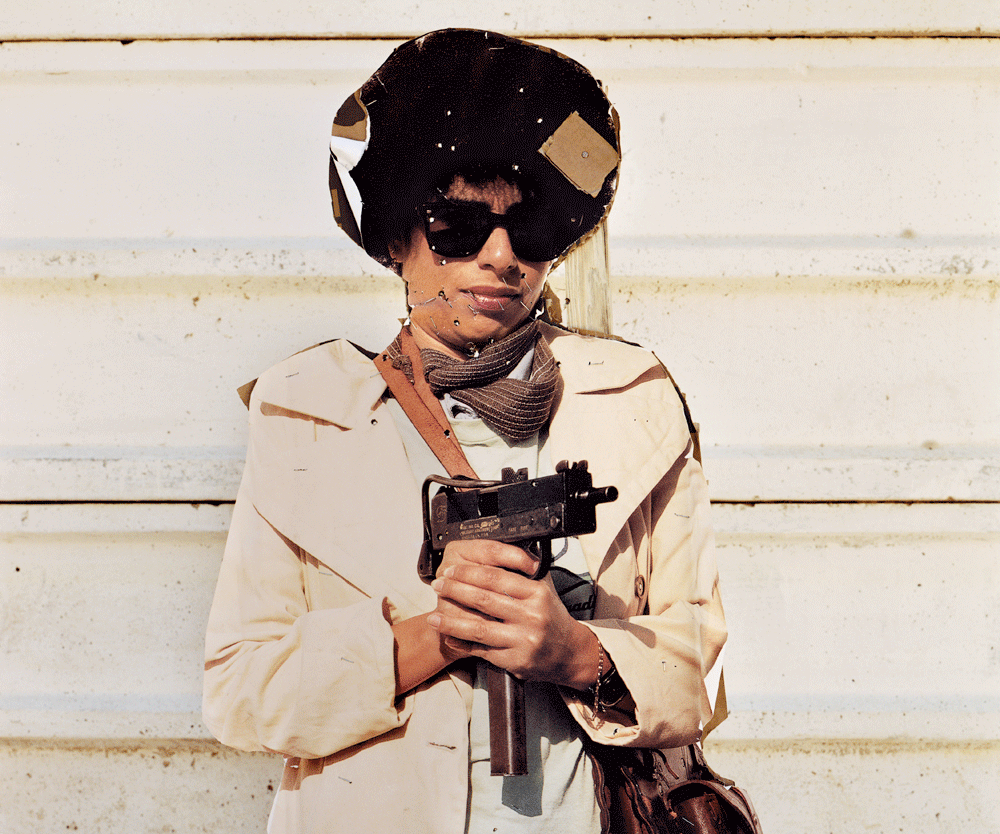Home Works 5
Various Venues, Beirut, Lebanon
Various Venues, Beirut, Lebanon

In his lecture, ‘A Language that Needs No Translation? On War as a Form of Discourse’, at the fifth ‘Home Works’ forum in Beirut, Thomas Keenan, a professor of human rights and literature, discussed his concept of war as a self-erasing discourse. Keenan asserted that, during wartime, language fills the gap between what is possible (in terms of violence, destruction and force) and what is applied; when a state of war is arrived at, one is no longer seeking to be either understood or to understand, but rather to transpose the addressee from a communicative subject into an object to destroy.
Keenan’s talk, on the fourth day of the ten-day festival, provided an apt model with which to evaluate the spectrum of communication across the events of this more-or-less biannual festival, as well the breakdown of that communication. This year, ‘Home Works’ – hosted by Ashkal Alwan, the Lebanese Association for Plastic Arts – set its sights on a larger, more international set of actors and issues. Director Christine Tohme announced five themes, yet halfway through the programme they remained largely undefined. Keenan’s concept of the discourse of war cropped up repeatedly, as did an increasing level of frustration with the institutionalization and ineffective expansion of the festival.
The exhibition accompanying the series of talks and discussions, on view at the Beirut Art Center and Ashkal Alwan’s new building, was heavy on work that bore witness to geopolitical breakdowns in communication – indeed, in the annihilation of others’ realities – throughout the region. Decolonizing Architecture, a research collective run by Sandi Hilal, Alessandro Petti and Eyal Weizman, dominated the exhibition space with its most recent project, Oush Grab (Crow’s Nest): Revolving Door Occupation (2010), consisting of an architectural model, two oversized books and a video detailing an exhaustive history of the former Oush Grab military base, evacuated by the Israeli Defence Forces (IDF) in 2006. Since then, the site, promised to Palestinians as an opportunity to expand the nearby village of Beit Sahour and slated to be a public park, has become an arena for repeated land-grabs by Israeli settlers seeking, among other things, to secure the settler bypass nearby.
Adam Broomberg and Oliver Chanarin, an artist duo working primarily in photography, were another strong presence among the artists who documented Israel’s self-representation. Their work – a testing-ground for Keenan’s assertion that a suspended state of violence is an equivalently destructive inverse vector of war that extends the discourse of war back into politics – depicts Israel in both a continuous state of expansion and in a state of denial that is coterminous with the country’s extensive language of force. Photographs from their 2006 series ‘Chicago’ document a fabricated town that has served as the IDF’s training facility in its preparations for every significant military operation from the Gaza evacuation to the first and second Intifadas and the invasion of Beirut (as well as by the US to prepare for the Second Battle of Fallujah in 2004). With photographs of Israeli soldiers dressed as stylized ‘terrorists’ in Ray-Bans and keffiyehs tacked around the training facility, ‘Chicago’ represents an Israeli view of a Palestinian village, replete with Arabic graffiti, bombed out cars, and star-shaped holes in walls that signal where the IDF would blast into civilian homes during an incursion – a representation that radically eliminates not only empathy but recognition of one’s interlocutor.
Mini-Israel (2006), a clever video also by Broomberg and Chanarin, depicts a 1:25 scale-model of the country that omits such salient features as the wall that separates the West Bank or the heavily militarized and impassable border with Lebanon, portrayed only as a mountain. The only Arabs in the model are either praying or absorbed in agricultural tasks, completely divorced from civil life. Because it depicts the Israeli flag as well as the Israeli national anthem, this video almost did not appear in the exhibition (censors were reviewing it until late into the night before the opening). Despite their insightful works and a remarkably frank lecture on their recent projects dealing with making images of war, Broomberg and Chanarin were skewered by audience members for making war images that were too aestheticized and too uncritical.
So why not forgo attempts at communication altogether? Iranian artist Shahab Fotouhi’s Direct Negotiation (2008) provided at least a note of levity on the subject. The six-minute video shows a cat, stretched on its hind legs, scratching and clawing indefatigably at a pane of glass that separates it from the camera. A physical confrontation (or a measly threat of violence), the silent, impotent cat, despite efforts at contact, completely fails in its attempt to initiate discourse and communication. Watching Direct Negotiation felt a little like watching the well-intentioned but failed attempts of this year’s ‘Home Works’ to break the barriers of communication.























